Honey is a natural sweetener cherished across the globe! But how can you be sure that the honey you’re buying is genuine? With counterfeit honey flooding the market, it’s essential to know the difference.
Here are 10 ways to tell if honey is fake, ensuring that only the purest honey ends up in your pantry.
1. The Water Test

To test honey’s authenticity, try the simple water test. Fill a glass with water and add a spoonful of honey.
Genuine honey will sink to the bottom of the glass as a solid lump without dissolving. In contrast, fake honey will begin to dissolve as it starts mixing with water.
2. Flame Test
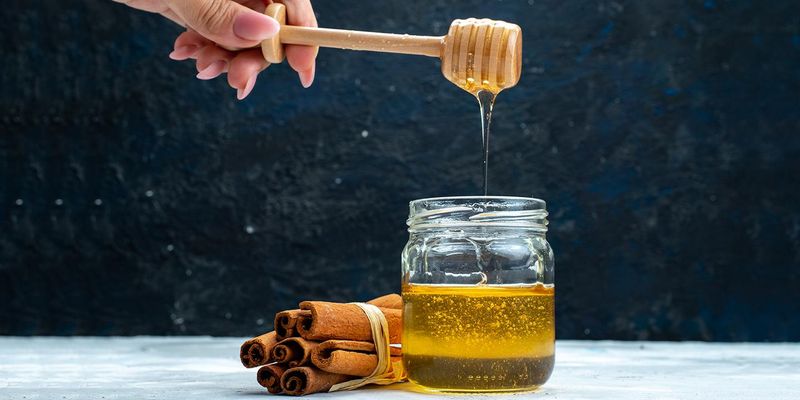
Another intriguing method is the flame test. Dip a matchstick into honey and then light it. Real honey will make the matchstick burn easily because of its purity and lack of moisture.
Fake honey may struggle to ignite due to moisture content. This test adds a little excitement to your investigation!
3. Vinegar Test

The vinegar test is a chemical approach to discern genuine honey. Mix a small amount of honey with water and add a few drops of vinegar.
If the mixture begins to foam or bubble, it’s likely fake, as real honey should remain stable. This experiment offers a simple and effective way to test for adulteration at home.
4. Smell Test
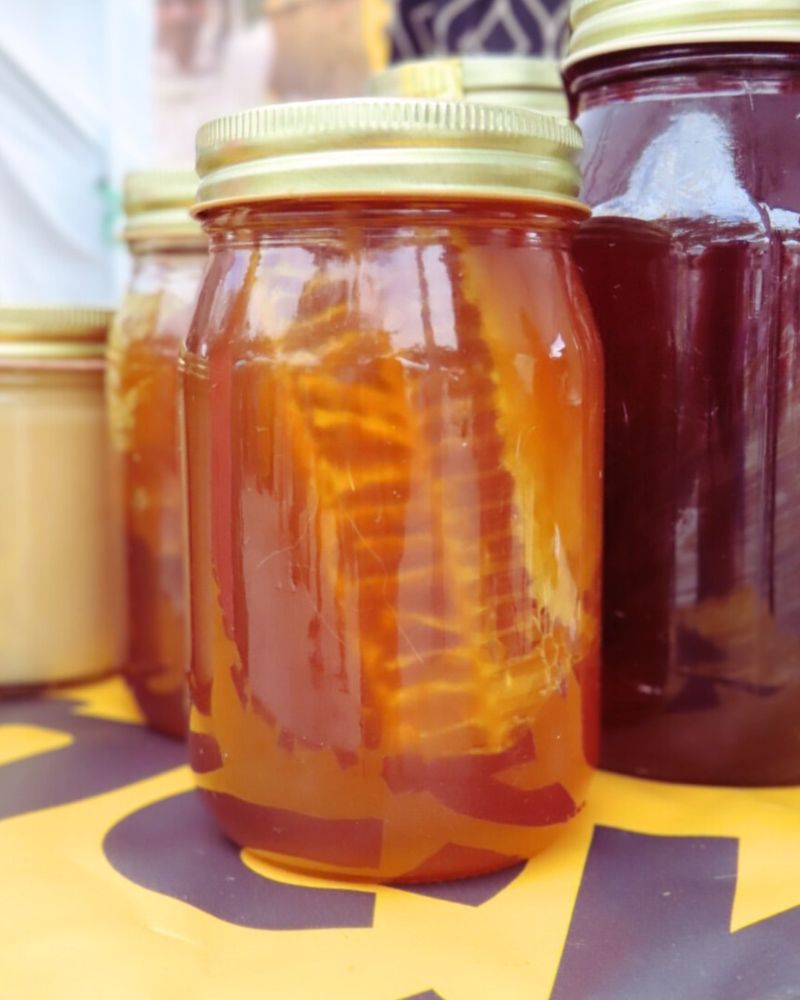
Your sense of smell can be a powerful tool in identifying real honey. Genuine honey has a rich, floral aroma, thanks to the nectar of flowers.
If honey lacks this distinct fragrance, it may be fake or overly processed. Always trust your nose. The absence of a pleasing scent could indicate poor quality or artificial ingredients.
5. Taste Test

The flavor of honey can reveal its authenticity. True honey has a unique, complex taste that varies with the flowers the bees visited. If the honey tastes overly sweet or artificial, it may be fake.
Trust your palate to detect subtle nuances and remember that genuine honey will leave a lasting impression on your taste buds.
6. Heat Test

Heating honey can help reveal its true nature. Real honey will caramelize quickly and won’t become foamy. In contrast, fake honey may bubble and produce a frothy layer due to added sugars and water content.
This test is straightforward and a great way to see how your honey reacts under heat. Watch for consistency changes!
7. Bread Test
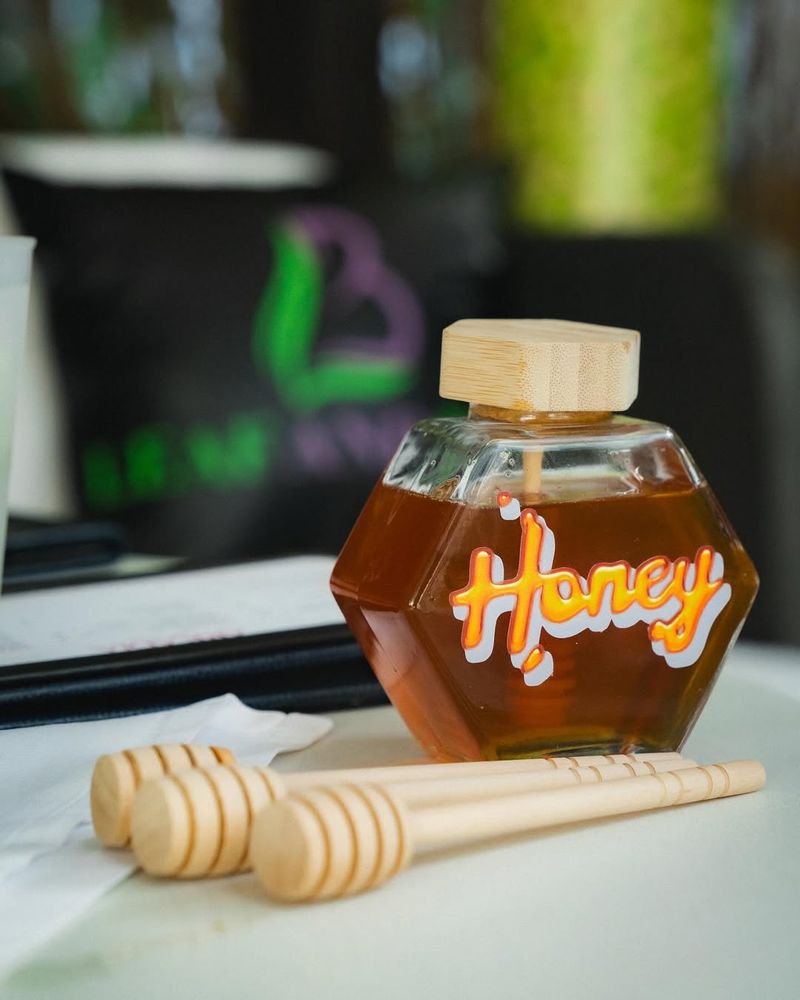
Spread honey on a slice of fresh bread and observe how it behaves. Authentic honey will harden the bread within minutes due to its low water content.
Fake honey, however, will make the bread soggy because of added moisture. This test is simple and uses common household items.
8. Crystallization Test

Observe the crystallization process in honey. Genuine honey will naturally form crystals over time due to its natural glucose content.
Fake honey often remains smooth, as it might contain additives that prevent crystallization. While this test requires some patience, it’s a reliable indicator of purity.
9. Label Inspection
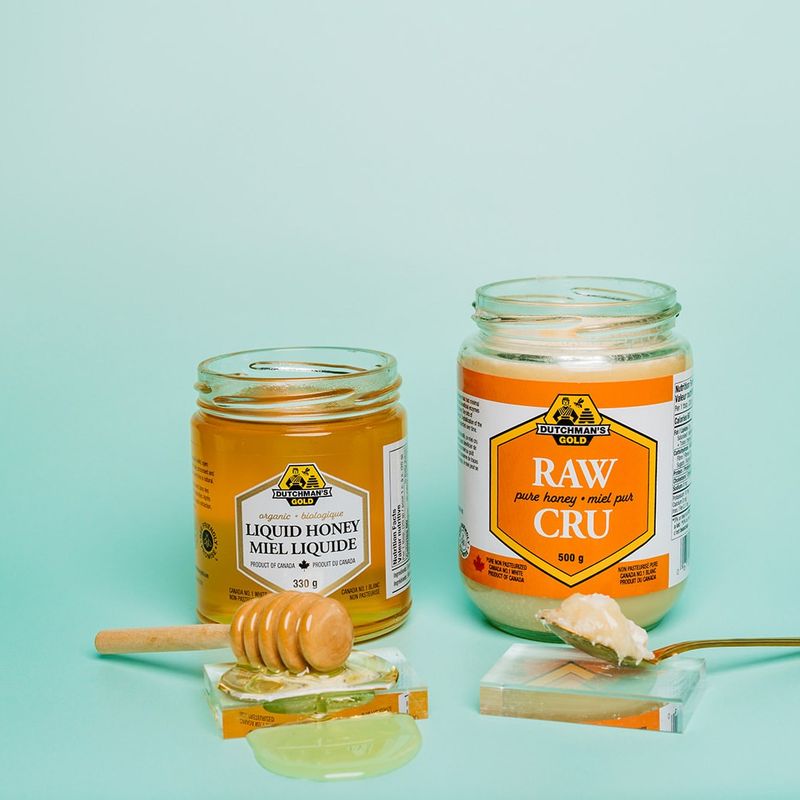
Reading the label can offer clues about honey’s authenticity. Check for the “100% pure” mark and scrutinize for any additives or corn syrup.
Pure honey is usually labeled with its origin and floral source. If the label seems vague or lists unnecessary ingredients, be cautious.
10. Price Check
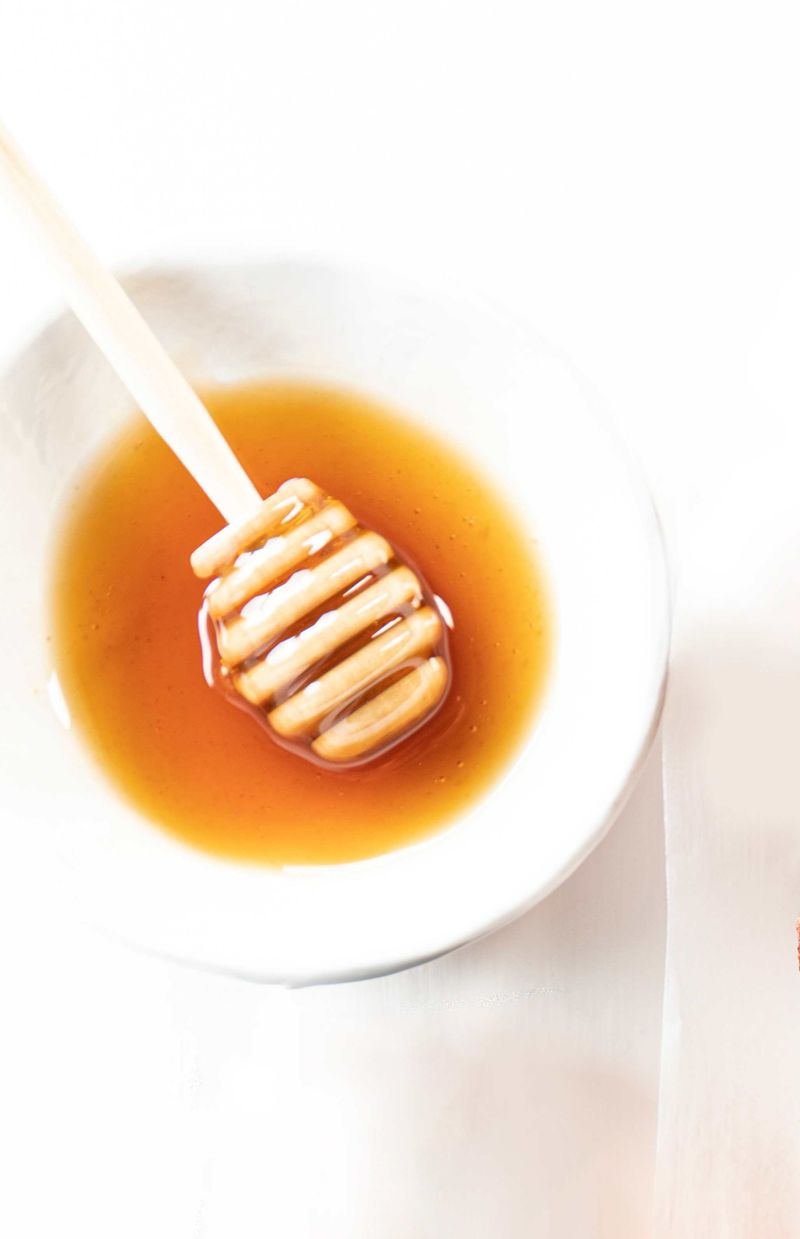
Sometimes, the price can reflect honey’s authenticity. Genuine honey tends to be more expensive due to the labor-intensive process of production.
If a honey jar is suspiciously cheap, it may be too good to be true. While price alone isn’t definitive, it can be a useful indicator when combined with other tests.

